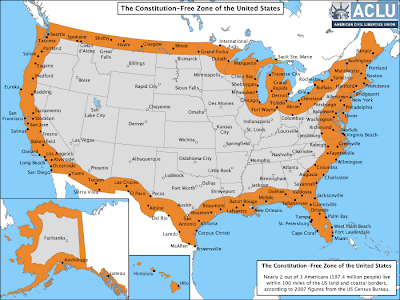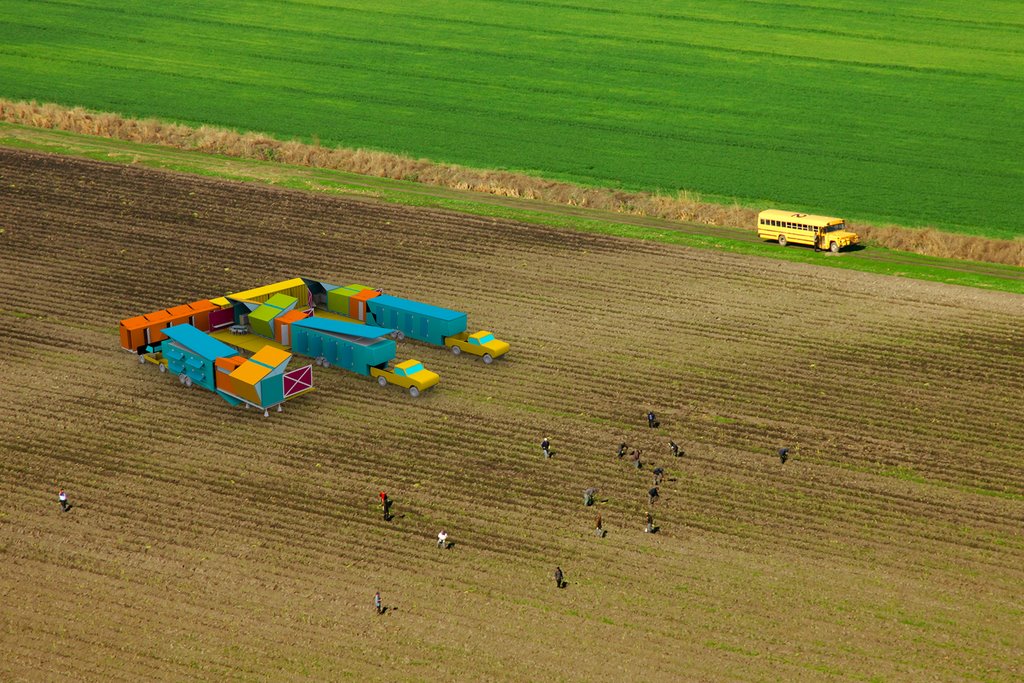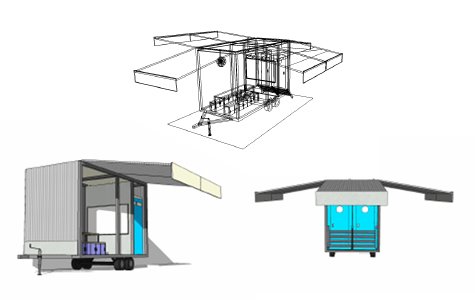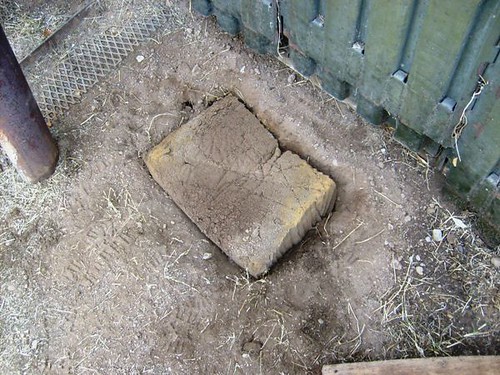en·cy·clo·pe·di·a [en-sahy-kluh-pee-dee-uh] –noun
a book or set of books containing articles on various topics, usually in alphabetical arrangement, covering all branches of knowledge
The encyclopedia acts as a concrete artifact which is altered to re-intrept so-called ‘factual’ information. Through tracing, extracting, and plotting the book begins to operate as the thesis. Operating within the encyclopedia question how history is documented and re-told. While it can be argued that the encyclopedia is a book of facts or book of fiction, it is accepted as general knowledge of events, places, and people. The encyclopedia is then a map in itself, documenting common knowledge to propel human cultures. Using the academic and artistic references, each operation situates itself into the encyclopedia.
MOVE I. re-tracing words_ [fill in the blanks]
printed law _______ life
government regulating ______ flow
hunting _____ legal american
material marks home
bubbles of idealization ____
masses ____ knowledge ____ war
coexistance ______ brown _____ banned
citizens _____ condition _______ reproduce
buildings _______ formality ______architecture
Reading across topics and information presented on a given page to read a second code of information that is being presented. Questioning the words used to present facts.
MOVE II. mapping agency, (insert)
A new article is added in between map and map projection which defines the agency of mapping according to James Corner. It references back to inserts Guy Debord, extract, field, and plotting.
MOVE III. frontier, (re-define)
Working off of the thesis’ lexicon of terms, a new explanation of frontier is inserted. The previous explanation defines frontier in relation to the movement out west with example frontier as ‘the mining frontier’ ‘the fur trade frontier’ and ‘the gold frontier’. The new definition defines the frontier as a boundary, a line of control which exists as a cultural understanding not as a physical boundary.
MOVE IV. tracing migrant labor (insert, overlay)
Three different explanations of migrant labor are inserted adjacent to the 1975 Encyclopedic explanation. The other excerpts come from a the Oxford Companion to U.S. History (2001), the Columbia Encyclopedia (2008), and Wikipedia, (2010). This move allows one to trace how history redefines and proves how presented facts are actually interpretations that are always changing.
MOVE V. framing migration (cut)
Through removing information the migration is now able to be viewed within the context of North America, the most notable content of migration.
MOVE VI. realign the railroad (cut)
Cutting through the pages allow for a new connection between topics. Instance such as the ‘underground railroad’ and ‘railroad’ which self reference each other in their explanations can now be viewed simultaneously as one is always informing the other. Trail and trace can also be viewed within this move as thesis looks at tracing these historical events and the effect of trails.
MOVE VII. trail (re-define)
Previously explained as a city, trail is not understood in the terms of the thesis as a residue left behind. They are patterns of movement of the people and animals which have left a mark on the land. This definition references King Peter’s ‘Seven Trails West’, Pereguine’s ‘Ancient Human Migrations’ and Nash Smith’s ‘Virgin Land’.
MOVE VIII. what is war? (re-arrange)
Through cutting up an re-arranging the text explaining ‘war’ you can no longer understand what it is and why it occurs. It forces the reader to define for themselves what war is.
MOVE IX. concealing government (cover-up)
All you need to know about the government is that it has power over you. The rest of the explanation is covered with black tape and only reveals the word power.
MOVE X. World War II (lettering)
The narratives of the events of WWII are more valuable than the description of the who won what battles and what countries fought whom. Therefore inserted over the explanation are excerpts from a trail of letters during the war. Choosing to remember the narrative has significance and implications in collective interpretation and memory.



























